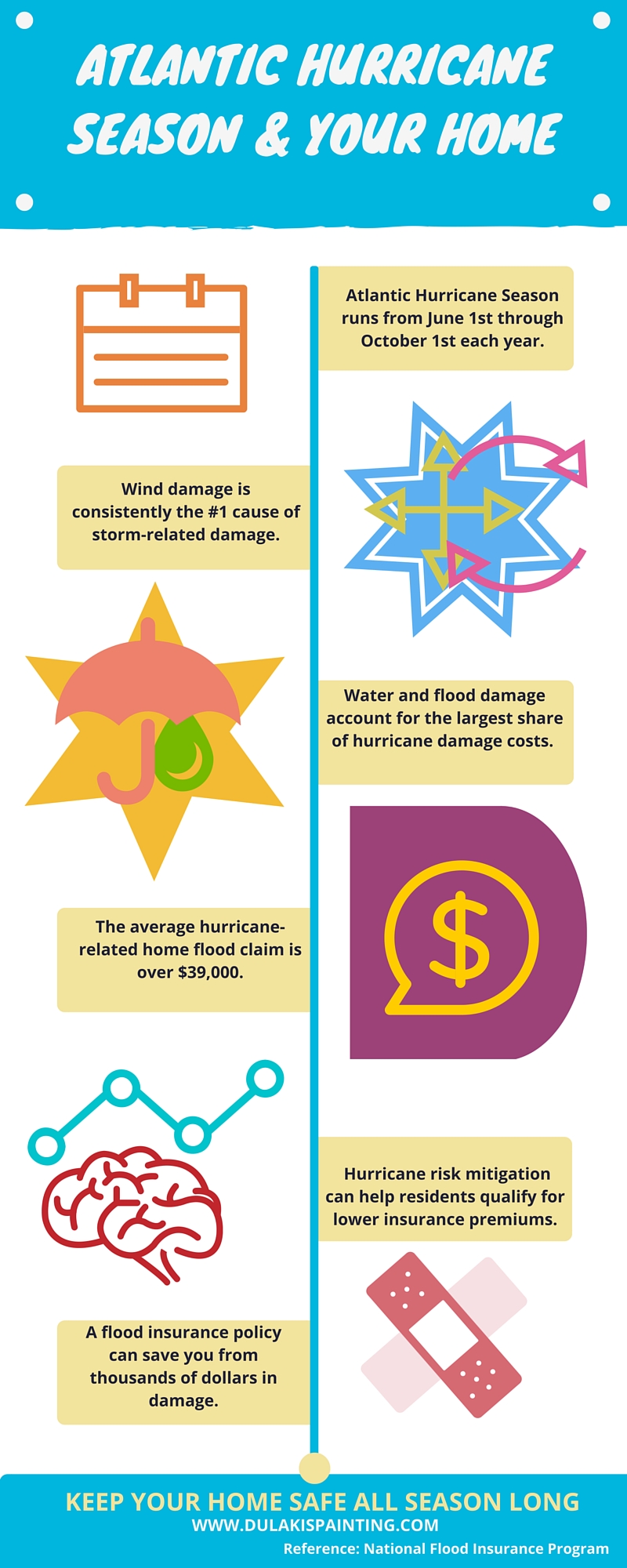Understanding Seasonal Influences On Commercial Exterior Painting: Vital Expertise For Success
Understanding Seasonal Influences On Commercial Exterior Painting: Vital Expertise For Success
Blog Article
Published By-Aguilar Skafte
When you're planning a commercial outside paint task, seasonal factors can make or break your results. You'll want to consider just how temperature level and humidity impact paint application and drying out times. Choosing the best period can guarantee your paint adheres effectively and lasts much longer. But which periods are absolutely the best for this type of job? Allow's discover average price for painting a house that can impact your task's success.
The Influence of Temperature Level on Paint Application
When you're planning a commercial outside paint job, the temperature level can significantly impact exactly how well the paint adheres and dries out.
Ideally, you want to repaint when temperature levels vary in between 50 ° F and 85 ° F. If it's too chilly, the paint might not heal correctly, leading to issues like peeling or fracturing.
On the other hand, if it's too hot, the paint can dry out as well promptly, avoiding correct attachment and leading to an irregular finish.
You ought to additionally take into consideration the moment of day; morning or late afternoon uses cooler temperatures, which can be extra positive.
Always check please click the next site for the specific paint you're utilizing, as they usually supply guidance on the excellent temperature level array for optimal results.
Moisture and Its Effect on Drying Times
Temperature level isn't the only environmental element that influences your commercial outside painting task; humidity plays a considerable duty too. High humidity degrees can slow down drying out times dramatically, influencing the total high quality of your paint work.
When the air is filled with wetness, the paint takes longer to treat, which can lead to issues like inadequate attachment and a higher danger of mildew development. If you're repainting on a specifically damp day, be planned for prolonged wait times in between layers.
It's vital to keep an eye on neighborhood climate condition and plan as necessary. Ideally, go for humidity levels between 40% and 70% for optimum drying out.
Maintaining these factors in mind ensures your job remains on track and delivers a lasting finish.
Best Seasons for Commercial Exterior Painting Projects
What's the most effective season for your business external paint tasks?
Spring and very early autumn are usually your best bets. During these seasons, temperature levels are light, and humidity levels are usually reduced, developing perfect problems for paint application and drying.
Prevent summer's intense heat, which can create paint to dry too rapidly, bring about bad bond and coating. Similarly, winter months's cold temperature levels can hinder appropriate drying and curing, risking the durability of your paint job.
jr painting services for days with temperatures between 50 ° F and 85 ° F for optimum outcomes. Remember to examine the local weather prediction for rain, as damp problems can spoil your task.
Planning around these variables guarantees your paint job runs efficiently and lasts much longer.
Conclusion
To conclude, intending your business exterior painting tasks around seasonal considerations can make a considerable difference in the outcome. By scheduling work during the ideal temperatures and moisture degrees, you'll ensure much better attachment and drying times. Bear in mind to watch on regional weather forecasts and pick the right time of year-- springtime and early fall are your best choices. Taking these steps will help you achieve a resilient and professional surface that lasts.
